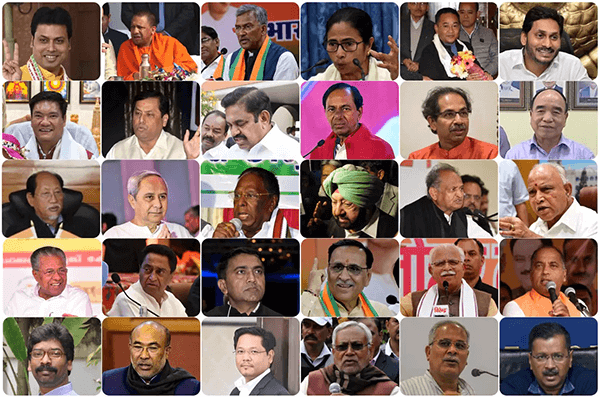What is the full form of CMCM: Chief MinisterCM stands for Chief Minister. He or She is the leader of the ruling party in government in a state. He or she is selected from among all of the members of the party that gained the most votes in the general election. He or she is the head of the executive branch of the government. Every move taken by the government is under his or her control. Moreover, he or she coordinates between the state and the federal government. 
The appointment of a Chief Minister is the first element in the foundation of a ministry. The state's chief minister is elected from among the party leaders who received the highest proportion of votes in the assembly elections. The executive leader of the state is often referred to as the chief minister. Arvind Kejriwal is the current CM of Delhi as of September 2022. The governor's responsibility is to select the chief minister. Every state (28 states) and the two union territories (currently Delhi and Puducherry) have chief ministers. Chief Minister is the state government's most senior and powerful officer. The function of the Governor in appointing the chief minister and other ministries is clarified in Section 164 of the constitution. Section 167 of the constitution describes the responsibilities of the chief minister. The chief minister serves the state in the same capacity as the prime minister serves the federal government. Duties of Chief MinisterArticle 167 of the Indian Constitution, outlines the important duties of the Chief Minister. i) Concerning Governor
ii) Concerning the Council of MinistersThe council of ministers' collective responsibility is to the state legislature. The council of ministers consists of ministers who are in charge of their respective departments or ministries, such as the External Affairs Ministry, Ministry of Textiles, etc. The Cabinet is another name for the council of ministers.
iii) Concerning the LegislatureThe Legislature is the collective name for all MLAs (members of the legislative assembly) present at a legislative assembly. A governor and one or two houses make up a legislature. The two chambers are the legislative council, also known as Vidhan Parishad, and the legislative assembly, also known as Vidhan Sabha. A state's legislative assembly, or Vidhan Sabha, can have up to 500 members. The legislative assembly is chosen by elections in the state's territorial constituencies. A state's legislative assembly can have up to one-third of its total members serve on the Legislative Council/ Vidhan Parishad, which must have at least 40 members.
iv) Concerning the Executive
Other Duties of Chief Minister
Next TopicFull Form
|
 For Videos Join Our Youtube Channel: Join Now
For Videos Join Our Youtube Channel: Join Now
Feedback
- Send your Feedback to [email protected]
Help Others, Please Share










